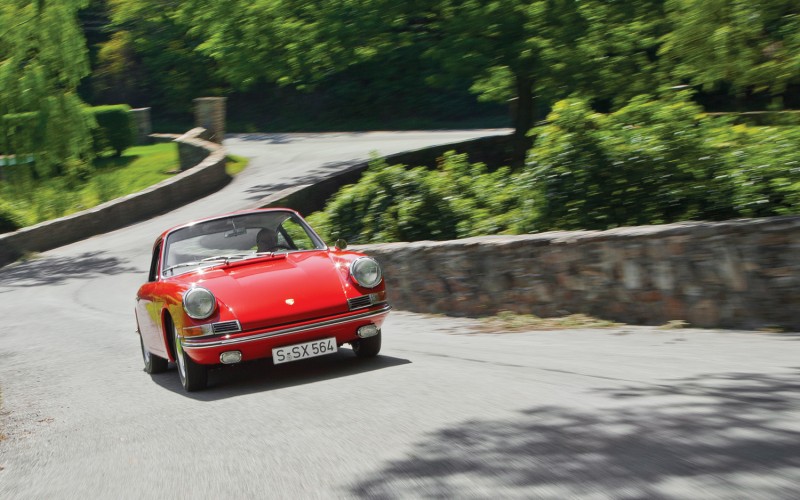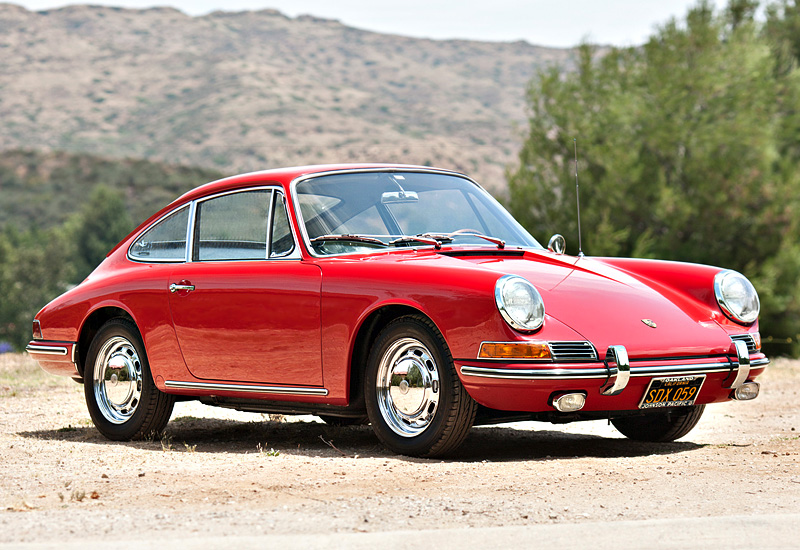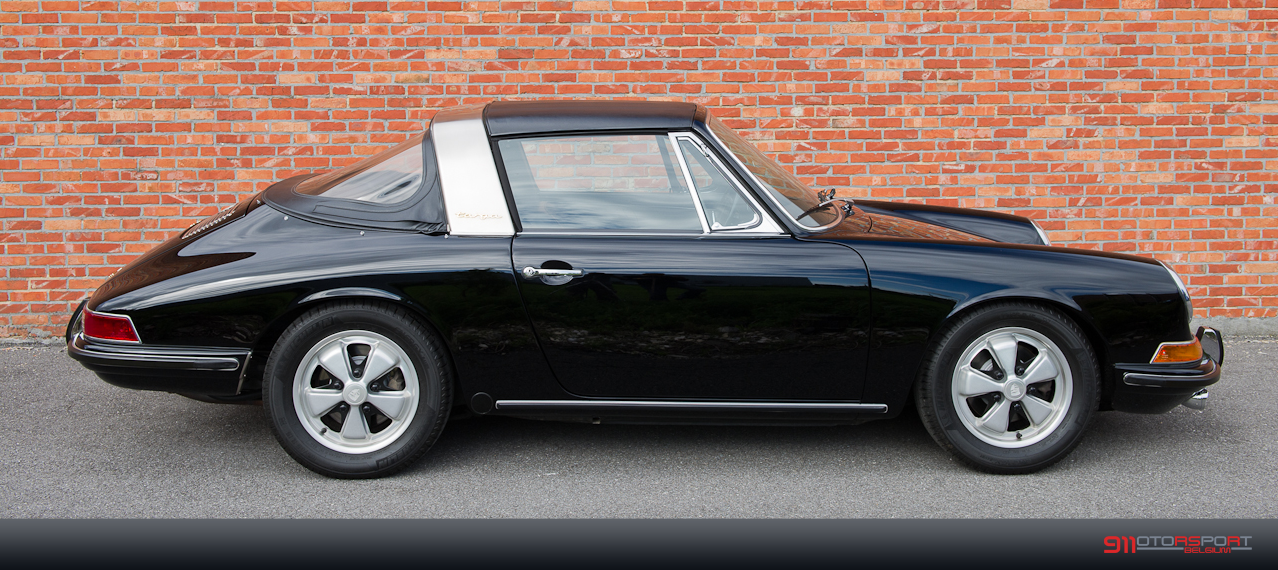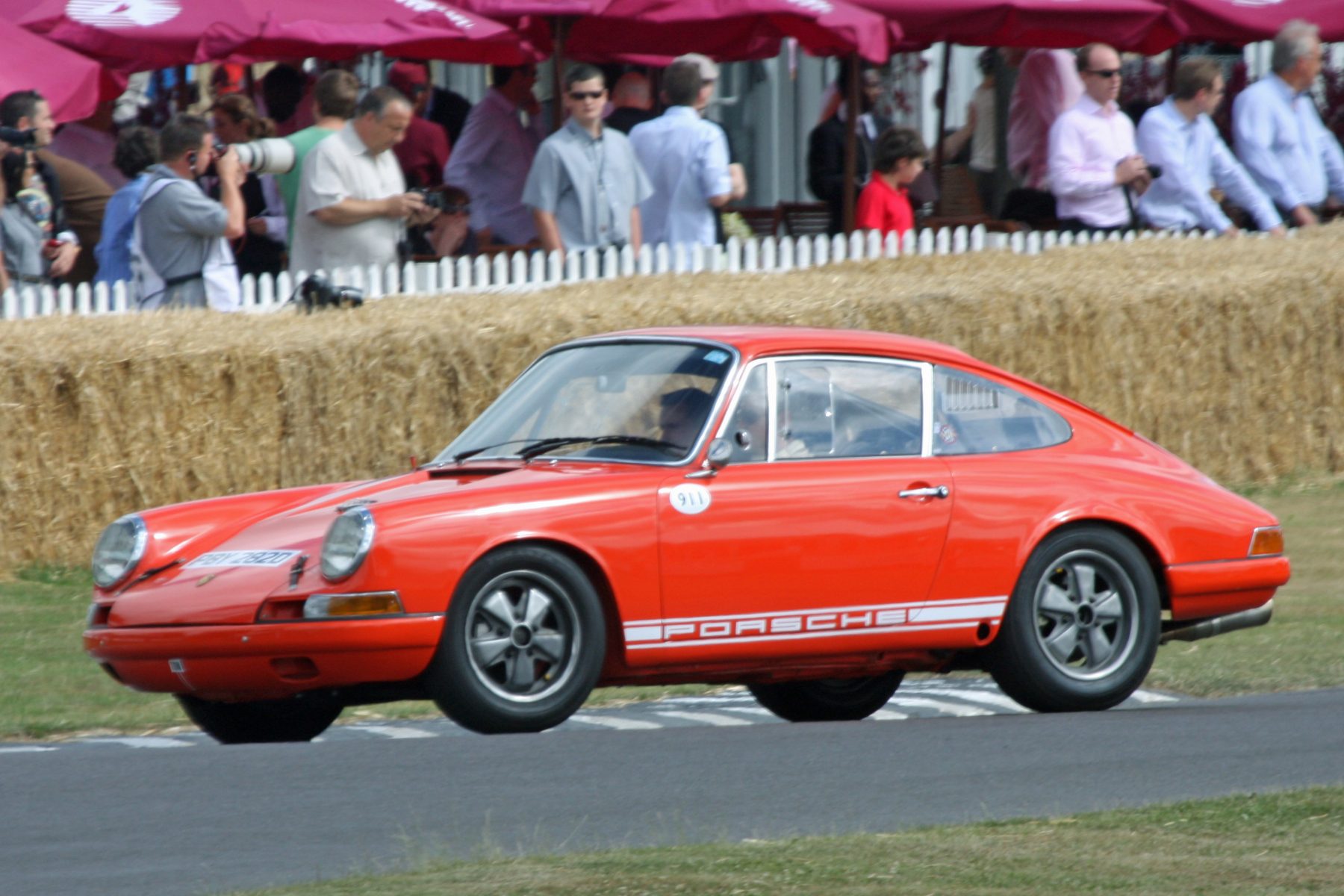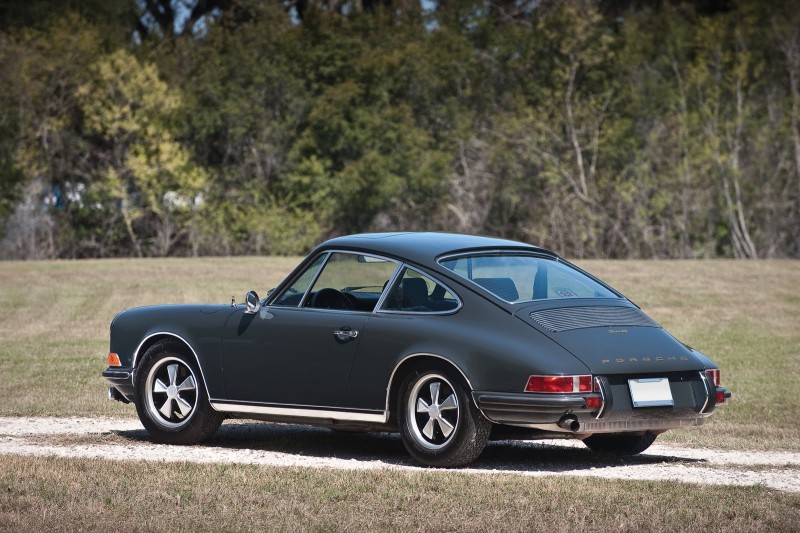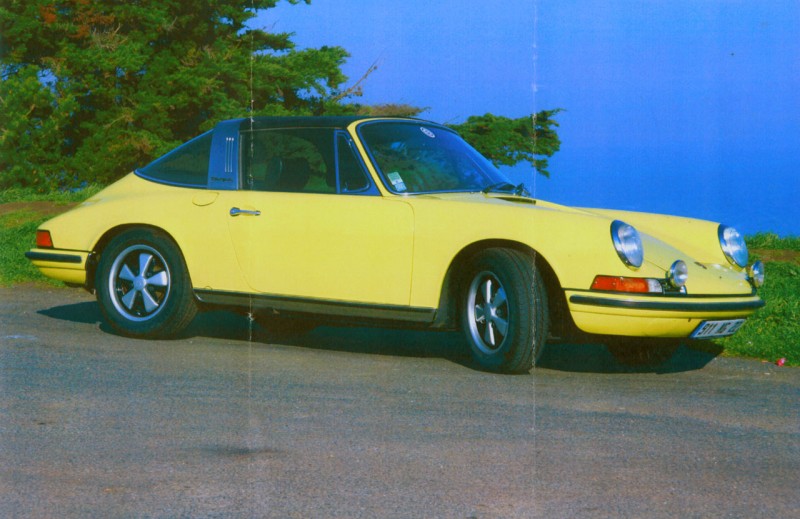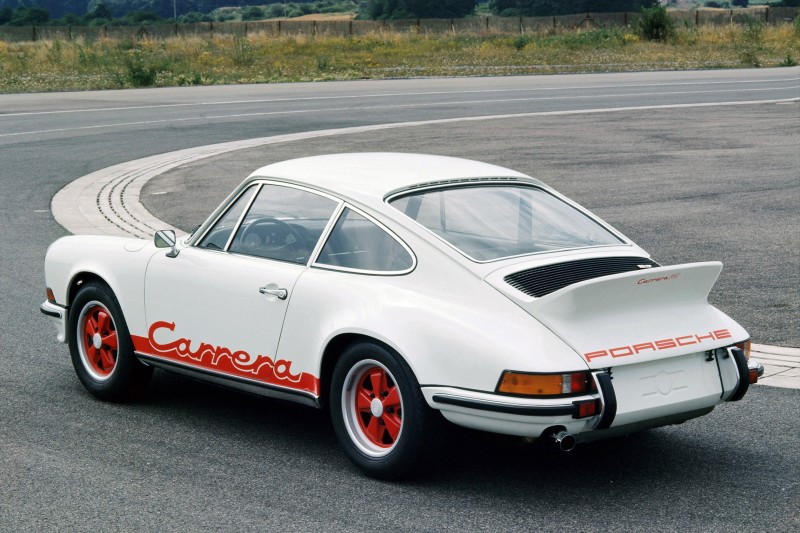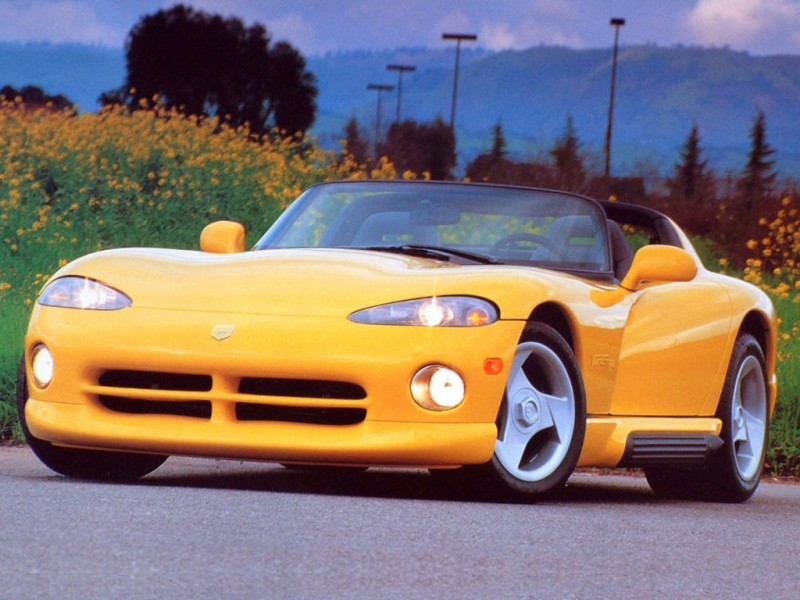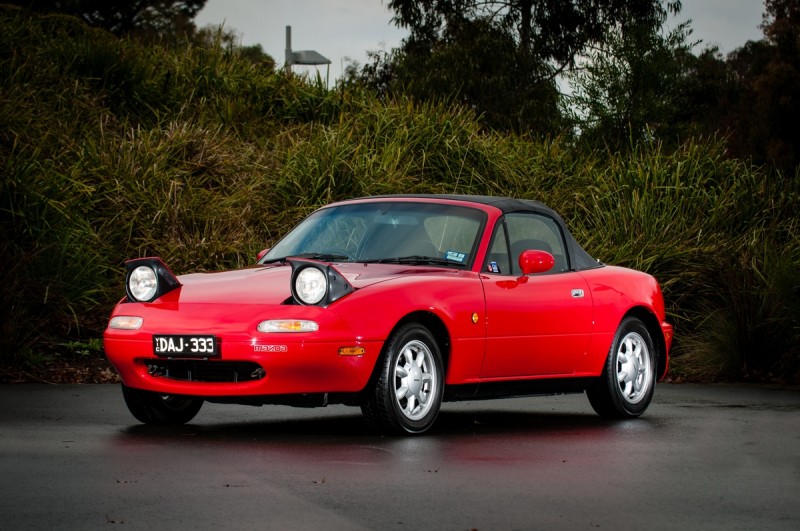Brand defining: few manufacturers ever produce a vehicle that singularly influences their styling, designs, engineering, and marketing forever. For those that do, it becomes a car whose birth defines and symbolizes the entirety of their existence – never one without the other. In the case of Porsche, the 911 is, simply put, the purest expression of who they are.
Production Begins
Developed under the visionary eyes of Ferdinand “Ferry” Porsche the 901 was first drafted into life with underpinnings from Porsche’s 356, in 1959. The 901 was set to be a replacement for the 356; a 2+2 sports coupe intended to bring the company increased financial stability. At the Frankfurt Auto Show in 1963, French auto manufacturer Peugeot’s copyright on the “0” numeral required Porsche to alter the nomenclature of their new car to ensure sales in France would be not be disrupted. So, Porsche one-upped them, and the 911 was born.
Full production began a year later, 1964, and these cars garnered tremendous praise from automotive journalists for their improvements over the outgoing 356. These changes included a longer wheelbase, a more powerful engine, a new suspension set-up, and many other innovations.
In 1965, designers had their first open-top 911 prototype prepared which would be known as the Targa, or “Shield” in Italian. The Targa came with a removable roof that retained the arching back of the 911’s body style. Its purpose was to forego, hopefully, new convertible requirements in the United States.
A Sportier 911
1967 brought about the release of the Targa model to the public as well as the highly anticipated “S” variation of the 911. Power now topped out at 160 BHP, which pushed the 911 S to a top speed of 141 mph. This was a monumental achievement because that was a speed usually reserved only for cars twice the price. Suspension and interior improvements (Fuchs wheels, Koni shocks, larger anti-sway bars, and leather options) set the 911 S further apart from its sibling.
While the 911 S was designed to be the torchbearer for the performance of Porsche’s cars, in 1968 two more trim levels were introduced to make it more affordable. First, an “L” or luxury variant was released that gave base 911’s the S interior trim features. Then there was the “T” model, which removed a transmission gear (4-speed), removed vented brake rotors, and had no anti-sway bars.
These lower entry models drastically helped drive down the starting price of the 911. A significant move that allowed Porsche to capitalize on more sales, which was particularly necessary since they were still a fledgling company at the time.
911’s Take Home Trophies
Porsche has long been a company devoted to helping clients race. This was exceptionally important in their early days as racing was more affordable than traditional marketing. A 356 SL won Porsche their inaugural race in 1951, and it was at none other than the 24 hours of Le Mans. So the 911 was not only meant to replace the 356 on the streets but also, and more importantly, on the race track.
To do this Porsche began offering Sports Kits and Rally Kits to clients in 1966. These kits would help them get the most out of their 911 S in competitions. Only a year later, in 1967, the 911 earned the cars first major race victory, which was at the 24 hours of Daytona – winning overall.
That same year Porsche also fostered the production of twenty 911 R, their first full racing version of the 911. These were personally created by Ferdinand Piech (Ferry Porsche’s nephew), who insisted on stripping as much weight from the car to unveil its full racing potential. It worked. The 911R, at its first test, set five world records during an endurance run at the Italian track, Monza.
Automatics and Alterations
Finally, in 1968, Porsche delivered the first (semi) automatic transmission to be used in a 911, the Sportomatic. Although it was intended only for the American market, the clutchless manual was well received in Europe.
1969 was the first year of significant revisions to the 911. The largest change included a shift of the rear wheels backward, lengthening the wheelbase by 2.25 inches. This alteration required new suspension components and assisted weight distribution. More Significant (50%) front brake calipers and different headlight power units also helped balance the unruly weight distribution.
Power was increased by ten hp, thanks to mechanical fuel injection and a .2 liter engine displacement increase. Porsche, always a pioneer in technology introduced their first self-adjusting suspension. Manufactured by Boge, this front-end system automatically leveled the car when increased weight was added under the bonnet.
Set to Sail Away
1970 was a progressive year for Porsche. This year the founding family members of Porsche stepped down from their positions in the company, to better accommodate wiser business leaders. It also was the year they decided that the production of the 911 would end in three years.
Although the 911 was marked for death, Porsche took note of how California dealers special ordered unique colors and sold them profitably. While it seems minimal, these custom colors would prove to be a unique option for Porsche. The construction of a new assembly plant soon allowed for custom exterior color choices to be selected in the catalog. This would contribute to the longevity of the 911, and lead to Porsche’s Sonderwunsch (special wishes) program.
Displacement Increases
New efficiency measures, in 1972, necessitated auto manufacturers to begin designing engines to work on lead-free gasoline. Porsche decided to change its motors to become more efficient by introducing another increase in the flat-six motor’s displacement. Now up to 2.4 Liters; this allowed fuel to burn longer and therefore cleaner. This increased horsepower and a 10% increase in torque made the car more livable during city traffic driving.
Other changes included a new trans-axle that improved acceleration and, for only this year, the dry-sump system was relocated behind the passenger door. This relocation proved troublesome when gas station attendants mistook the oil door for the fuel door and flooded the oil reservoir!
Porsche RS Perfection
Ultimately production for the 911 should have ended in 1973. However with no replacement, newfound success in racing, and further improvements to the car the 911 sojourned. The fierce competition began brewing from Mercedes and BMW though. So, Porsche pulled out all of the stops and unknowingly created one of the most famous 911’s ever, the Carrera RS.
The name “Carrera” taken from a 1930’s Mexican race and RS (Rennsport or Racing Sport) were conjoined together to a vastly improved 911. The use of air tunnels improved aerodynamics on the front and rear of the car. The car was also severely stripped down for reduced weight.
Finally, a larger 2.7-liter engine, uprated horsepower to 210, which was sent to wider tires that hid below larger rear fenders. In total 1,580 Carrera RS were built by Stuttgart and became the curtain call of the first generation of 911s.
In its first generation, the versatility of the 911 was established. It trialed as a luxury grand tourer, a sports car, and a race car. It conclusively proved its mettle with each task and showed shared competency in every realm no matter its primary focus. This is why the 911 stands as the benchmark today, as it did then, for what a car is truly capable of.
Specifications
- Year: 1963 – 1973
- Motor & Layout – Air Cooled H-6 (Rear Mounted)
- Displacement – 2.0L / 2.2L / 2.4L / 2.7L
- Drive – RWD
- Transmission – 4-speed manual / 4-speed automatic (Sportomatic)
- Power – 130 – 150 hp (2.0) / 125 – 180 hp (2.2)
- Torque – 129 – 140 ft-lbs (2.0) / 130 – 160 ft-lbs (2.2)
- Wheelbase – 86.61 in. (2,200mm) / 88.85 in (2,257mm)
- Weight – 2,381 lbs (1080kg)
- CoD – .38
- 0-60 mph – 7.0 sec / 6.5 sec (S variant)
- Quarter-mile – 15.6 seconds / 15.2 sec (S variant)
- Top Speed – 132 mph / 141 mph (S variant)

